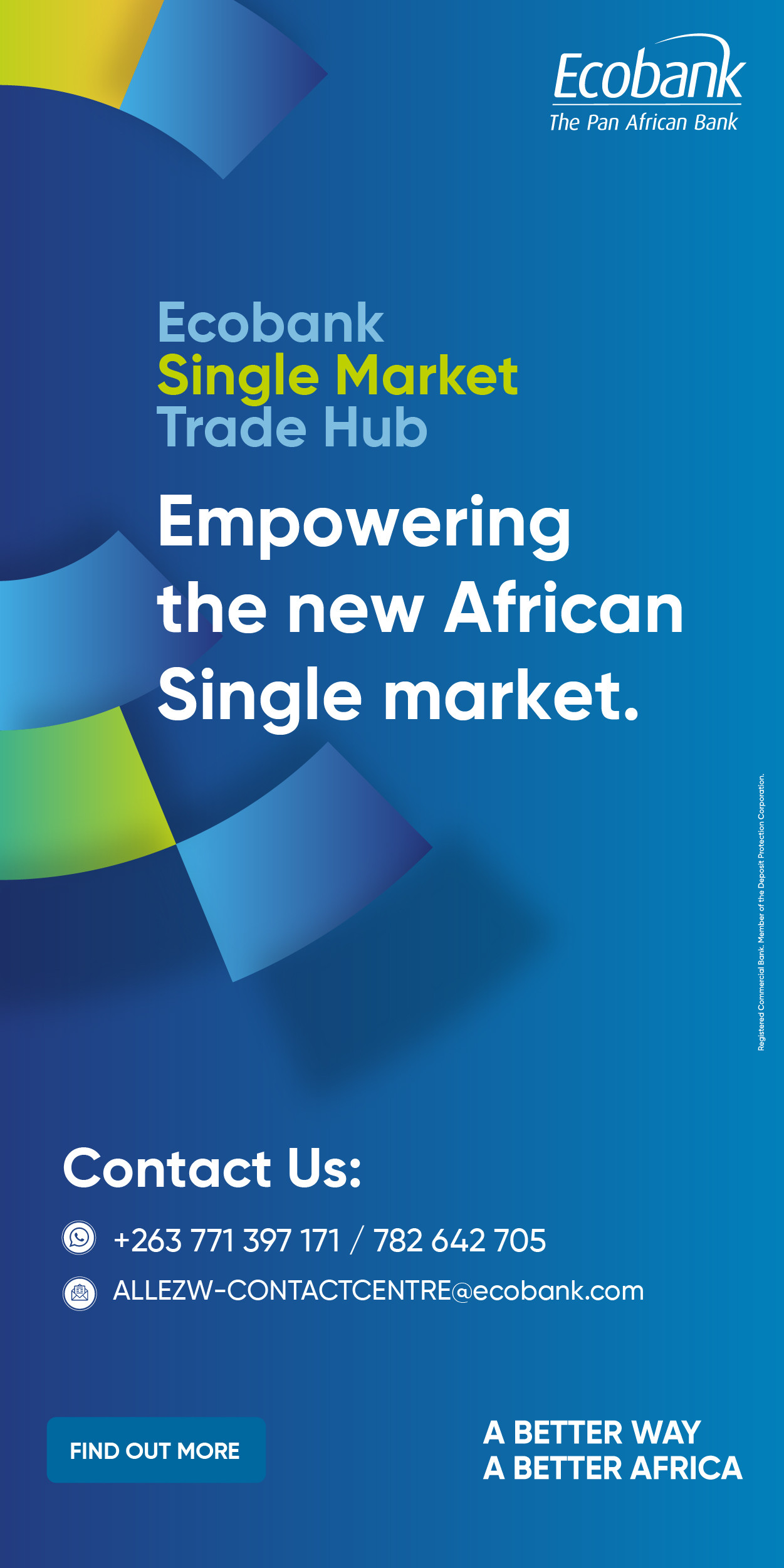- Profit Doubles to $1.2M — FY2024 net profit surged 130% YoY despite a 3% revenue dip
- Exports Crushed by 25% Forex Surrender — Export contribution fell to 4%
- Solar Mitigates Power Woes, Not Forex Risks — New solar installation eased energy instability, but forex shortages and ZiG overvaluation threaten FY2025 growth
Harare- Proplastics, a leading Zimbabwean plastic pipe manufacturer, reported a profitable FY2024, with profit after tax surging to USD1.2 million from USD520 thousand, according to its latest financial results for the year ended 31 December 2024.
Despite a 3% decline in turnover to USD20.6 million from USD21.3 million, driven by changes in product mix and competitive pricing from the unregulated informal sector, the company saw a 5% increase in sales volumes and an improved EBITDA of USD3 million, up from USD2.5 million, reflecting stronger earnings in the second half and stringent overhead management.
Total assets rose 8% to USD24.7 million, and the current ratio improved to 1:1.58 from 1:1.36, signaling financial stability.
However, exports remained a significant concern, contributing only 4% to turnover due to the punitive forex retention policy that have severely impacted Proplastics’ operational efficacy.
‘Export sales contributed only 4% of turnover due to cost issues related to the 25% foreign currency surrender policy coupled with the unavailability of foreign currency on the formal market.
“Subsequently, the exports foreign currency mandatory surrender ratio has increased to 30%, further compromising competitiveness in the exports market,” the company’s chairperson, Gregory Sebborn said in a statement accompanying the financials.
The mandatory 25% forex surrender requirement (now at 30%), which forces exporters to exchange a quarter of their foreign currency earnings for the overvalued Zimbabwe Gold (ZiG), has significantly undermined Proplastics’ ability to compete in international markets.
Introduced in April 2024, the ZiG replaced the Zimbabwean Dollar (ZWL) at a conversion rate of 2,498.72, aiming to stabilise the economy. However, its overvaluation ( in 2024 at one point in August premium was around 100%) has distorted the real value of export earnings, with Proplastics forced to convert 25% of its forex crucial for importing raw materials at an unfavorable rate.
This eroded the company’s purchasing power, as the ZiG’s official rate of around 27 ZiG per US dollar starkly contrasts with black market rates of 40 to 50 ZiG during the last quarter of the year, inflating production costs.
Coupled with high electricity tariffs at 23.7 cents per kilowatt hour three times the regional average and an unstable power supply that deteriorated significantly during the year, causing inefficiencies and increased wastage, Proplastics struggled to maintain competitive pricing in export markets.
The forex surrender policy, combined with the unavailability of foreign currency on the formal market, made exports unviable, contributing to the low 4% export share of turnover.
The recent increase in the surrender requirement from 25% to 30%, announced in the 2025 Monetary Policy Statement, is set to further strain exporting companies like Proplastics.
This 5% hike reduces the forex available for operational needs, such as upgrading machinery or securing raw materials, which Proplastics has already struggled to access, relying heavily on internally generated forex.
The additional surrender portion will likely deepen financial pressures, forcing the company to either absorb the losses or raise prices in export markets, both of which undermine its competitiveness.
With exports already compromised by high production costs and the overvalued ZiG,( currently trading at 26% premium) this policy risks pushing Proplastics and other exporters further away from international trade, threatening their long-term growth.
The company’s optimism for FY2025, driven by a new half-megawatt solar installation commissioned in July 2024 to mitigate power instability, additional production equipment, and expected infrastructure demand, may be overshadowed by these forex challenges if the policy environment does not improve.
Other Zimbabwean companies are already retreating from exports due to these policies. Ariston, an agricultural firm, has signalled a shift in focus to the domestic market, stating that the forex surrender requirements make exporting unprofitable.
Similarly, Cafca, a cable manufacturer, has reported that the policy forces them to compete for increasingly thin margins in international markets, as the overvalued ZiG inflates their cost base while export revenues fail to keep pace. Cafca noted that exporting is no longer profitable, a sentiment that aligns with Proplastics’ experience, where export sales have dwindled to a mere 4% of turnover.
This trend of export withdrawal among companies signals a broader challenge for Zimbabwe’s export sector, as the surrender policy erodes the financial incentives for international trade, pushing firms to prioritise domestic sales despite the potential for forex earnings through exports.
At a national level, the forex surrender requirements are jeopardising Zimbabwe’s economic stability by discouraging exports, a critical source of foreign currency needed to fund imports, service debt, and stabilise the currency.
The ZiG, despite being gold-backed, has lost credibility, with a 43% devaluation in September 2024 and a black market rate far exceeding the official rate, reflecting a lack of market confidence (though it has recovered in 2025 on the back of deferred supplier payments and tight monetary policy).
Reduced export activity from companies will further limit forex inflows, perpetuating a cycle of scarcity that fuels inflation and currency depreciation. If the government aims to retain more forex from companies, it must reduce the surrender requirement to 10-15%, allowing firms to retain more forex for operational needs and incentivising export growth.
Additionally, adopting a market-driven exchange rate for the ZiG, such as a floating system, would align its value with economic realities, eliminating the distortions caused by overvaluation.
On currency management, Zimbabwe must prioritise reforms to support exporters. A flexible exchange rate regime, as seen in Kenya, where the Kenyan Shilling adjusts to market conditions, has supported export competitiveness in agriculture, making Kenya a leading exporter of tea and horticultural products.
Similarly, Zambia’s export promotion programs, such as financial support for exporters, have helped sustain forex inflows despite currency challenges. Zimbabwe should adopt similar strategies, including export incentives like tax breaks or subsidies, to offset the financial burden of the surrender policy and encourage companies to remain active in international markets.
By reducing surrender requirements, aligning the ZiG with market rates, and drawing from regional examples, the government can support exporters ensuring they contribute to national forex reserves while maintaining profitability in a competitive global landscape.
Equity Axis News





